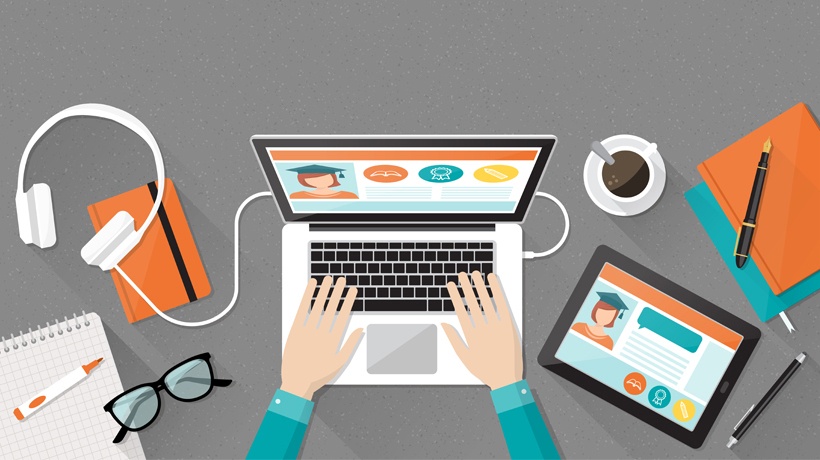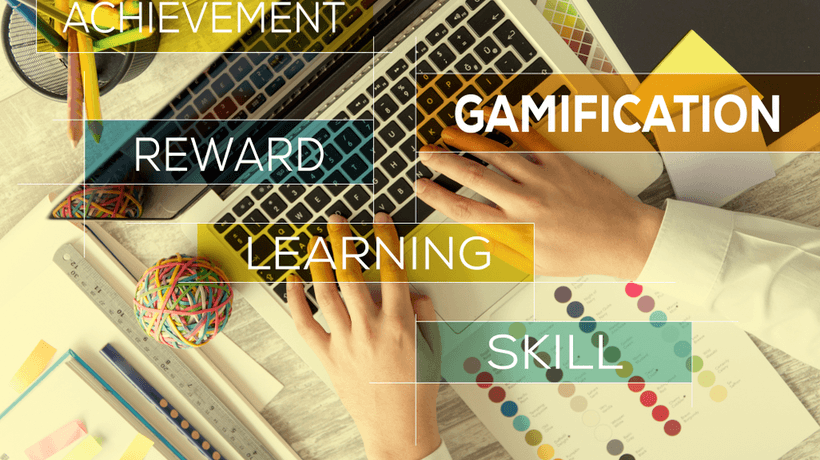Gamification And Microlearning: Creating Interactive Learning Experiences
Whether at home or work, we are multitasking more, have less time to spare, and our attention spans are shrinking. In fact, we now generally lose concentration after eight seconds – that’s a shorter attention span than a goldfish. In order to keep employees engaged, organizations must adapt to such changes and optimize their approaches to Learning and Development (L&D). Today’s learning programs are being influenced by the digital world to keep up with user demand for a consumer-like, design-rich experience to their learning – from videos to applications and games. Along with this, content is becoming shorter, more succinct and interactive, in an effort to keep employees engaged and invested in the learning experience. Two tactics that align with these changes and have gained traction in Learning and Development are gamification and microlearning; the first enables interactive and hands-on learning, and the second is focused on short bursts of content via videos or other interactive elements.
Structural And Content-Based Gamification
According to Gartner, 70% of business efforts fail due to lack of engagement. Gamification helps to address employee engagement by encouraging higher levels of interaction and activity among employees. It enables learners to work on skills that can be directly applied to a project or task – such as training for data center maintenance that doesn’t require a visit to a work site, but instead utilizes hands-on gamification learning programs. When it comes to gamification, there are two approaches; structural and content-based.
Structural gamification specifically refers to adding a game-based element around existing content. With structural gamification, the actual learning content is not changed or altered. Instead, the reward system, achievement indicators, or other game-like elements are placed as “scaffolding”, or support, around the already built learning content. On the other hand, content gamification incorporates game elements directly into the learning content and is planned in advance of the learning program development.
Example #1: One example of structural gamification we created for a telecommunications organization originally utilized just videos and Captivate files. At first, the learning program did not have gamification considerations, however, through its development it came to include a championship map with a leaderboard for employees to compete in divisions; when test questions were answered correctly, employees moved up in the rankings. With the competitive leaderboard incorporated, the curriculum was effectively gamified and led to much higher engagement.

To implement either structural or content-based gamification well, there are a few best practices to keep in mind:
- Know what success looks like and make sure you have a planned outcome for the project.
- Ensure transparency in the gamification elements.
Make sure the users of the learning program all receive the same rankings, leaderboard information, and success acknowledgements. - Save some features for later.
Building a sustainable program that enables new challenges and rewards throughout the curriculum will keep learners engaged.
Maximizing Microlearning
With the prevalence of tablets and smartphones in almost every aspect of our lives, it’s no surprise that microlearning is another trend that has taken corporate Leaning and Development by storm. In today’s culture, there is an increased demand for access to whatever we need, in a timely fashion – and employee learning programs are no exception. There are plenty of tools that enable delivery of microlearning, but the hardest part is creating effective, engaging, goal-driven content.
For today’s short attention span, microlearning is ideal as it offers brief, focused, and easily digestible bursts of eLearning content that often takes just a few minutes to go through. This format is perfect for quick lessons, training updates, and learners-on-the-go, as well as in industries where content is highly volatile and prone to constant change or evolution.
Microlearning content can take many forms –from bite-sized videos to games and podcasts– and is available on a myriad of devices, including an in-office desktop, tablets, or other smart devices. It can also replace static learning assets like PDFs or word documents with responsive, animated, and interactive frameworks. These elements can help increase engagement and retention of learners within the program.
Example #2: A major insurance company that we work with needed to train new hires. The company had found its static company policy documents did almost nothing to impact the knowledge of new employees. To fix this issue, we added “quick hit” microlearning videos and responsive learning content into the policy documents that employees could use on their smartphones. Following the implementation, corporate policy understanding for newly hired employees improved by 15 to 20 percent.

Just like with gamification, there are some principles to live by when creating your one- to two-minute bursts of microlearning content, including:
- Keep it short.
And consider how your microlearning content looks and acts compared to the common experiences found in the current digital landscape – such as TV commercials or smartphone applications. - Stick to three big takeaways within the content.
- Use marketing and brand assets to increase credibility among employees.
- Remove superfluous animation, treatment, and special effects.
The more realistic the content feels, the more it will resonate with users.
Evolving With Employee Learning
The ways in which employees expect to learn today is changing from more-traditional learning tactics –such as instructor-based sessions and printed manuals– to ones that offer hands-on interaction and streamlined, short bits of information. To address current and evolving employee learning behaviors, Learning and Development departments and Instructional Designers should deploy tactics that can move the needle and align with employee expectations and needs. Whether it’s with gamification, microlearning, or a combination of gamification and microlearning, these interactive approaches to learning are sure to engage employees and create a more knowledgeable workforce.
At CGS, we specialize in delivering high-quality, interactive eLearning solutions, including customized gamification and microlearning programs. Please contact us if you have any questions or would like to learn more.








